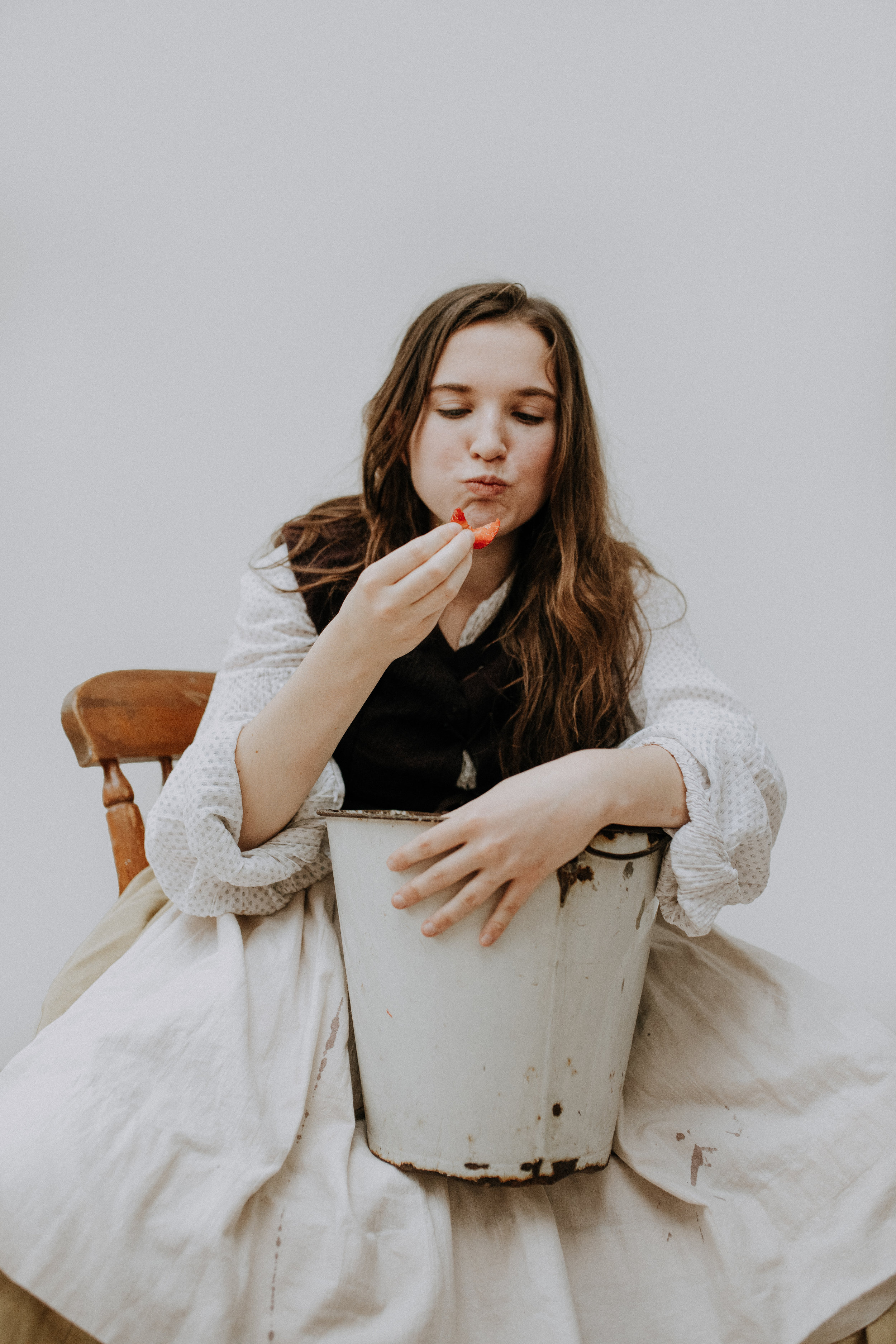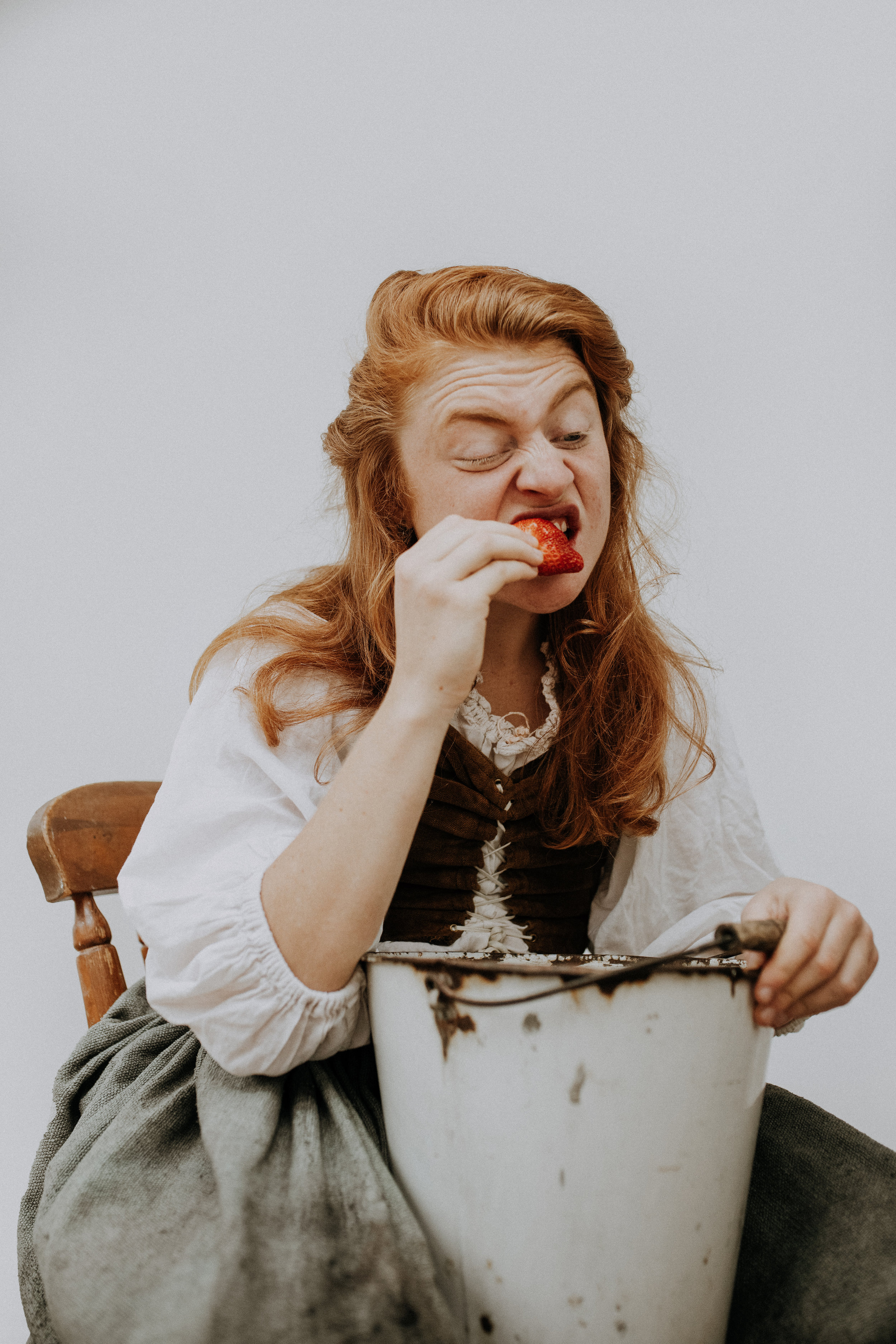“She seemed sweet and innocent, and that’s what I really want in a girl”
It may not have been this Love Island competitors intention, but we’re using his quote for this #TessTuesday to start a conversation about sexualising youth, innocence and naïveté in young women and girls.
Why is it that a common desirable trait in women is still “innocence”? And what are the connotations attached to this noun?
How many times do you hear young women or even experienced women described as ‘girls’?
How does it change the way we might view them, value them and esteem their experiences?
‘Innocence’ has long been - if not always - a highly sought after value in a young woman - and when you look at the history of female innocence it traces a very interesting pattern of the way we have defined, shaped and valued half of our community.
For further reading on innocence, purity and female worth and how these things have been (but do not have to be) tied together, we recommend these books and articles:
Canaan, J. 1986. “Why a ‘slut’ is a ‘slut’: Cautionary tales of middle class teenage girls’ morality”. In Symbolising America, Edited by: Varenne, H. Lincoln: University of Nebraska Press.
Department for Education. 2011. Bailey review of the commercialisation and sexualisation of childhood, London: DfE.
Egan, R. D. and Hawkes, G. L. 2008. Endangered girls and incendiary objects: Unpacking the discourse of sexualisation. Sexuality and Culture, 12(3): 291–311.
Guardian. 2011. ‘Sale of “adult” pre-teen clothes to be banned in huge shakeup’. Guardian, June 4. www.guardian.co.uk (accessed June 22, 2011)
Kehily, M.J., and A. Nayak. 1997. Lads and laughter: Humour and the production of heterosexual hierarchies. Gender and Education 9, no. 1: 69–87.
Lorde, A. 1984. “Uses of the Erotic: The Erotic as Power” in Sister Outsider: Essays and Speeches. Freedom, CA: Crossing Press. 53-59.
Lorde, A. 1983. “Audre Lorde." Black Women Writers at Work. Ed. Claudia Tate. NY: Continuum. 100-16.
Papadopoulos, L. 2010. Sexualisation of young people review, London: Home Office.
Ringrose, J. 2011. “‘Are you sexy, flirty or a slut? Exploring “sexualisation” and how teen girls perform/negotiate digital sexual identity on social networking sites’”. In New Femininities: Postfeminism, neoliberalism and identity, Edited by: Gill, R. and Scharff, C. 99–166. London: Palgrave.
Williams, R. 2010. Too much, too young? Retailers selling over–sexualised clothing to kids. Common Dreams, April 16. http://www.commondreams.org (accessed June 22, 2019)
Womack, S. 2007. The generation of ‘damaged’ girls. Telegraph, February 2. http://www.telegraph.co.uk (accessed June 22, 2019
Tess is a brazen retelling of Hardy’s Tess of the D’Urbervilles sees an all-female cast of three welcome the audience into our semi-immersive pub setting to gather and hear the tragic tale of Tess. With a live folk band, shocking new plot twists, and a healthy jolt of feminism, our Tess is fighting to tell her truth – and in this modern day and age, we thought it was about time to have it heard.




